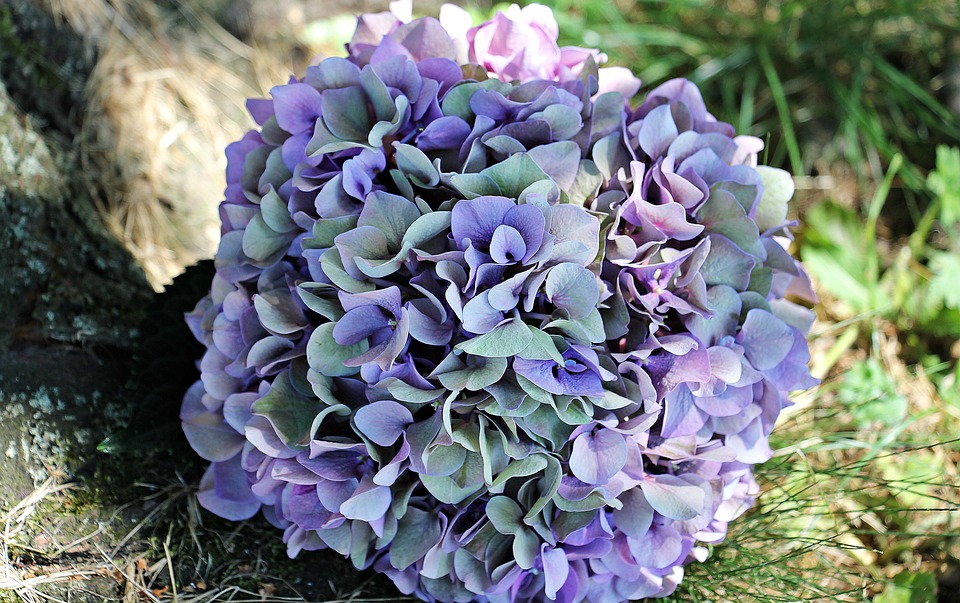Introduction
A well-maintained lawn can significantly enhance the beauty and appeal of your home. Whether you are a seasoned gardener or just starting, proper lawn care tools and techniques are crucial for achieving a lush and healthy yard. This comprehensive guide will provide you with essential tools and techniques to maintain a beautiful lawn that will make your neighbors envious.
1. Mowing
Mowing is a fundamental part of lawn care that helps promote healthy growth. To achieve a professionally manicured look, invest in a high-quality lawn mower. Choose a mower that suits the size of your yard and features adjustable cutting heights for different grass varieties. Regular mowing at the recommended height ensures even growth and prevents weed invasion.
2. Watering
Proper watering is essential for a healthy lawn. Water your lawn deeply but infrequently to encourage deep root growth. Invest in a sprinkler system or a hose with a suitable nozzle attachment for efficient watering. Water your lawn early in the morning to prevent excess evaporation and disease development. Avoid overwatering, which can lead to shallow root systems and encourage weed growth.
3. Fertilizing
Applying fertilizer helps supply essential nutrients to the grass, promoting vigorous growth. Before applying fertilizer, it is crucial to determine the nutritional needs of your lawn. Conduct a soil test to identify any deficiencies and select a fertilizer that addresses those specific needs. Use a spreader to evenly distribute the fertilizer and follow the instructions on the packaging for proper application.
4. Weed Control
Weeds can quickly overpower a beautiful lawn. Maintaining a weed-free yard requires regular weed control measures. Use a pre-emergent herbicide to prevent weed seeds from germinating. Selective post-emergent herbicides can effectively target and eliminate existing weeds without harming your grass. Applying herbicides during spring and fall, when weeds are actively growing, can yield the best results.
5. Aerating
Aerating your lawn loosens compacted soil and allows air, water, and nutrients to reach the grass roots. This process helps improve overall lawn health. Aerate your lawn once or twice a year, especially if you have heavy foot traffic or clay soil. There are various tools available for aeration, including manual and power aerators. Choose a method that suits your lawn’s size and your preferences.
6. Overseeding
Overseeding is the process of adding new grass seed to an existing lawn. This technique helps fill in bare spots, improve lawn density, and enhance overall appearance. Before overseeding, prepare the lawn by mowing it short and removing any debris. Use a broadcast spreader to distribute the seed evenly across the lawn, and lightly rake to ensure good seed-to-soil contact. Water daily until the new grass is well-established.
FAQs
1. How often should I mow my lawn?
The frequency of mowing depends on the grass type and its growth rate. In general, mow cool-season grasses once a week and warm-season grasses every 10-14 days. Adjust the mowing frequency based on the grass height, ensuring you never remove more than one-third of the grass blade at a time.
2. Do I need to water my lawn every day?
No, daily watering is not recommended for most lawns. Deep and infrequent watering is preferable to encourage deeper root growth. Most lawns require about 1 inch of water per week, either from rainfall or irrigation. Water less during cooler periods and adjust based on weather conditions and soil moisture levels.
3. Can I use any fertilizer for my lawn?
No, it is important to use a fertilizer that specifically meets the nutritional needs of your lawn. Conduct a soil test to determine any nutrient deficiencies and select a fertilizer with the correct balance of nutrients. Follow the instructions on the packaging for proper application rates and timings.
4. Can I manually remove weeds instead of using herbicides?
While manual removal can be effective for isolated weeds, it can be time-consuming and impractical for large infestations. Herbicides specifically designed for weed control are more efficient and effective. Follow the instructions carefully and choose selective herbicides that won’t harm your grass.
5. Is aeration necessary for my lawn?
Aeration is beneficial for most lawns, particularly those with heavy foot traffic or compacted soil. It improves water infiltration, reduces thatch buildup, and enhances nutrient absorption. If your lawn shows signs of compaction, such as poor drainage or water runoff, aeration can help alleviate these issues and promote a healthier lawn.
6. When is the best time to overseed my lawn?
Fall is typically the best time to overseed cool-season lawns, as the soil is still warm, and the days are cooler. This allows the grass seed to establish before winter. For warm-season lawns, late spring to early summer is the ideal time for overseeding.




